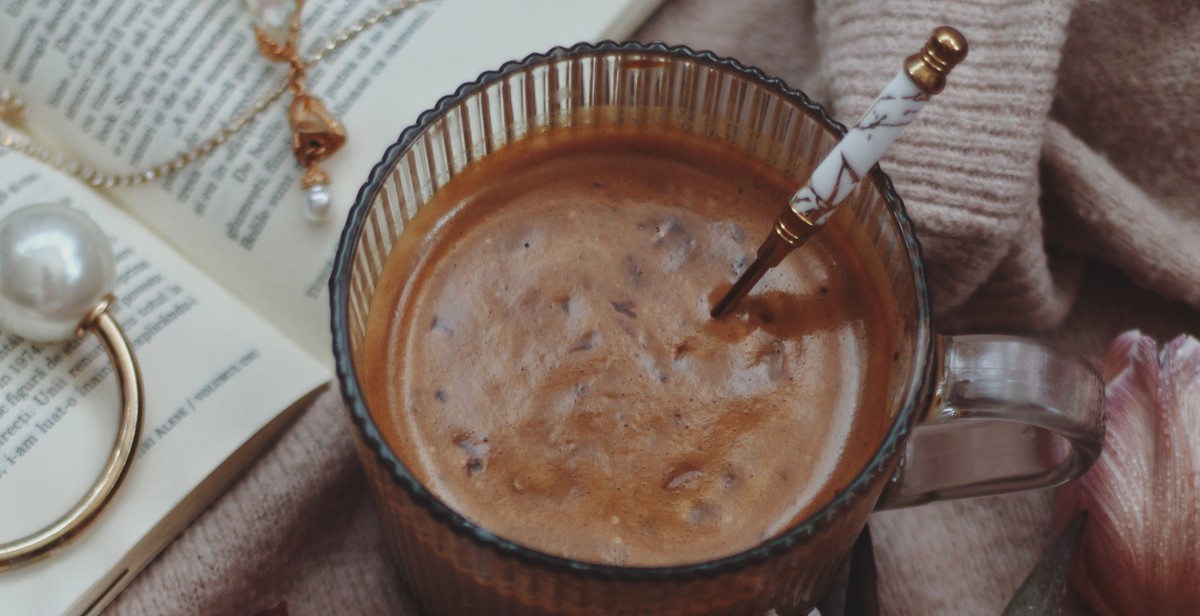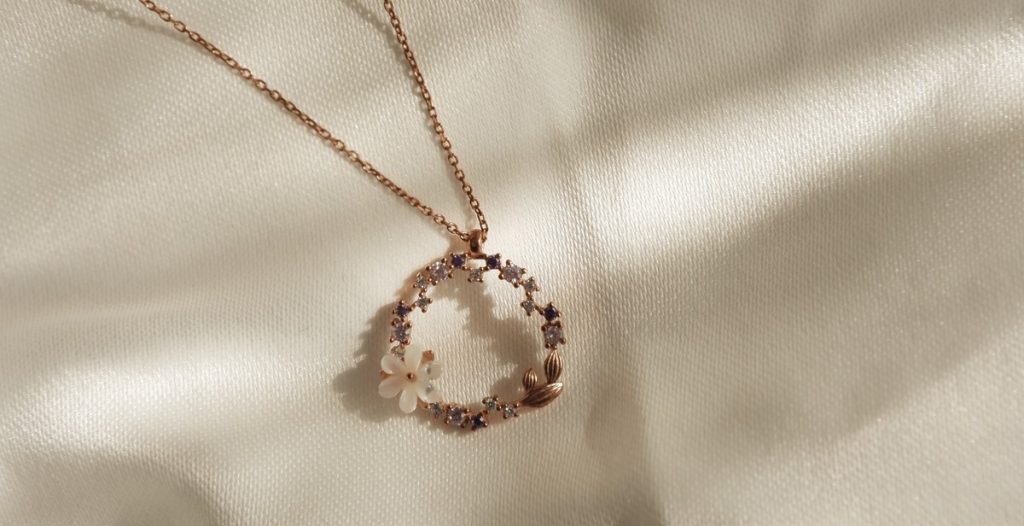Introduction: How do I store my jewelry to prevent tarnishing?
Jewelry is a treasured possession that adds beauty and elegance to any outfit. However, over time, jewelry can lose its shine and luster due to tarnishing. Tarnishing is a natural process that occurs when jewelry comes into contact with air, moisture, and other substances. It can be frustrating to find your favorite piece of jewelry tarnished and no longer looking its best. That’s why it is important to learn how to store your jewelry properly to prevent tarnishing.
Preventing tarnishing not only ensures that your jewelry looks its best, but it can also help to extend the life of your jewelry. By taking proper care of your jewelry, it can remain in good condition for years to come.
Why is preventing tarnishing important?
Tarnishing can occur on any type of jewelry, including silver, gold, and costume jewelry. When jewelry tarnishes, it can become discolored, dull, and lose its shine. In addition, tarnishing can cause damage to the jewelry over time, such as pitting or corrosion.
Preventing tarnishing is important because it helps to maintain the beauty and value of your jewelry. By taking steps to prevent tarnishing, you can ensure that your jewelry looks its best and remains in good condition for years to come.
In this article, we will discuss some tips and tricks for storing your jewelry to prevent tarnishing, so you can enjoy your favorite pieces for a long time.
Understanding Tarnishing
Tarnishing is a natural process that occurs when metals react with elements in the environment such as oxygen, moisture, and sulfur. It is the discoloration or darkening of metal surfaces, which affects the appearance and quality of jewelry.
Why do metals tarnish?
Metals tarnish because of a chemical reaction that occurs on their surface. When metals come in contact with substances in the environment such as air, water, and chemicals, the surface of the metal reacts with these substances, causing a chemical change that results in tarnishing.
The most common metals that tarnish are silver, copper, and brass. These metals are prone to tarnishing because they are highly reactive to substances in the environment.
Factors that cause tarnishing
Several factors can cause tarnishing, including:
- Air: Oxygen in the air reacts with metal surfaces, causing tarnishing. This is why jewelry that is frequently worn is less likely to tarnish than jewelry that is left untouched for long periods.
- Moisture: Humidity and moisture can accelerate the tarnishing process. Jewelry that is stored in damp areas, such as bathrooms, is more likely to tarnish than jewelry stored in dry areas.
- Sulfur: Exposure to sulfur compounds in the environment can cause tarnishing. This is why jewelry that is frequently worn in areas with high levels of sulfur, such as swimming pools, can tarnish quickly.
- Chemicals: Exposure to chemicals such as perfumes, lotions, and hairspray can cause tarnishing. These chemicals can react with metal surfaces, causing a chemical change that results in tarnishing.
Understanding the factors that cause tarnishing is essential in preventing it. By taking proper care of your jewelry and storing it correctly, you can prevent or slow down the tarnishing process and keep your jewelry looking beautiful for years to come.
How to Store Your Jewelry to Prevent Tarnishing
Jewelry is an essential part of every woman’s wardrobe. It is not just an accessory but also a reflection of one’s personality. However, as much as we love our jewelry, we often forget to take care of it. Tarnishing is a common problem that occurs when jewelry comes in contact with air, humidity, and other environmental elements. Tarnished jewelry can lose its shine and luster, making it less attractive. Here are some tips on how to store your jewelry to prevent tarnishing:
Avoid Exposure to Air
Avoid exposing your jewelry to air for long periods. Oxygen can cause tarnishing and discoloration of metals such as silver and copper. To prevent this, store your jewelry in airtight containers or bags. You can also wrap your jewelry in anti-tarnish paper or cloth to protect it from air.
Keep Jewelry Dry
Moisture is another factor that can cause tarnishing of jewelry. Therefore, it is essential to keep your jewelry dry at all times. Avoid wearing jewelry when swimming, showering, or doing household chores. After wearing your jewelry, wipe it with a soft cloth to remove any moisture before storing it.
Store in a Cool and Dark Place
Heat and light can also cause tarnishing of jewelry. Therefore, it is best to store your jewelry in a cool and dark place. Avoid storing your jewelry in direct sunlight or near sources of heat such as radiators and heaters. A jewelry box with a soft lining is an excellent option for storing your jewelry in a cool and dark place.
Use Anti-Tarnish Products
Anti-tarnish products such as strips, papers, and cloths can help prevent tarnishing of jewelry. These products contain chemicals that absorb moisture and prevent oxidation. Place anti-tarnish strips or papers in your jewelry box or storage container to protect your jewelry from tarnishing.
Store Jewelry Separately
Storing your jewelry separately can prevent scratches and tangling. Use separate compartments in your jewelry box or store each piece of jewelry in a separate bag or box. This will not only protect your jewelry from tarnishing but also keep it organized and easy to find.
| Tips | Explanation |
|---|---|
| Avoid Exposure to Air | Store your jewelry in airtight containers or wrap it in anti-tarnish paper or cloth to protect it from air. |
| Keep Jewelry Dry | Wipe your jewelry with a soft cloth to remove any moisture before storing it. |
| Store in a Cool and Dark Place | Avoid storing your jewelry in direct sunlight or near sources of heat such as radiators and heaters. |
| Use Anti-Tarnish Products | Place anti-tarnish strips or papers in your jewelry box or storage container to protect your jewelry from tarnishing. |
| Store Jewelry Separately | Use separate compartments in your jewelry box or store each piece of jewelry in a separate bag or box. |

Cleaning Your Jewelry
Keeping your jewelry clean is an essential part of preventing tarnishing. Regular cleaning can help remove dirt, oils, and other substances that can cause discoloration and dullness. Here are some tips on how to clean different types of jewelry:
How to Clean Silver Jewelry
- Mix a small amount of mild dish soap with warm water.
- Soak the silver jewelry in the solution for 10-15 minutes.
- Gently scrub the jewelry with a soft-bristled brush to remove any dirt or grime.
- Rinse the jewelry thoroughly with warm water.
- Dry the jewelry with a soft, clean cloth.
- If your silver jewelry has tarnished, you can use a silver polish to restore its shine. Apply the polish with a soft cloth, then rinse and dry the jewelry thoroughly.
How to Clean Gold Jewelry
- Fill a small bowl with warm water and a few drops of dish soap.
- Soak the gold jewelry in the solution for 15-20 minutes.
- Gently scrub the jewelry with a soft-bristled brush to remove any dirt or grime.
- Rinse the jewelry thoroughly with warm water.
- Dry the jewelry with a soft, clean cloth.
- If your gold jewelry has stubborn dirt or tarnish, you can use a gold cleaning solution. Follow the instructions on the product carefully.
How to Clean Copper and Brass Jewelry
- Mix equal parts of lemon juice and baking soda to create a paste.
- Apply the paste to the copper or brass jewelry using a soft cloth.
- Gently rub the jewelry to remove any dirt or tarnish.
- Rinse the jewelry thoroughly with warm water.
- Dry the jewelry with a soft, clean cloth.
- If your copper or brass jewelry has stubborn tarnish, you can also use a commercial cleaner specifically designed for these metals.
| Do | Don’t |
|---|---|
| Use a soft-bristled brush for gentle scrubbing. | Use abrasive materials like steel wool or rough cloths. |
| Use mild dish soap or specialized cleaners for your jewelry. | Use harsh chemicals or bleach. |
| Rinse your jewelry thoroughly with warm water. | Use hot or cold water, which can damage some metals and gemstones. |
| Dry your jewelry with a soft, clean cloth. | Use a hair dryer or other heat sources, which can damage some metals and gemstones. |
Conclusion
Storing your jewelry properly can prevent tarnishing and extend its lifespan. The key to preventing tarnishing is to minimize your jewelry’s exposure to air, moisture, and light. You can achieve this by storing your jewelry in a cool, dry, and dark place, such as a jewelry box or drawer.
Tips for Preventing Tarnishing
- Keep your jewelry clean and dry before storing it.
- Avoid exposing your jewelry to harsh chemicals or perfumes.
- Store your jewelry in airtight containers or bags to minimize exposure to air.
- Use anti-tarnish strips or silica gel packets to absorb moisture and prevent tarnishing.
- Store your jewelry separately to prevent scratching and tangling.
Final Thoughts
By following these simple tips, you can keep your jewelry looking shiny and new for years to come. Remember to clean and store your jewelry regularly to prevent tarnishing and damage. Investing in a good quality jewelry box or storage solution can also help protect your jewelry and make it easier to organize and access.

